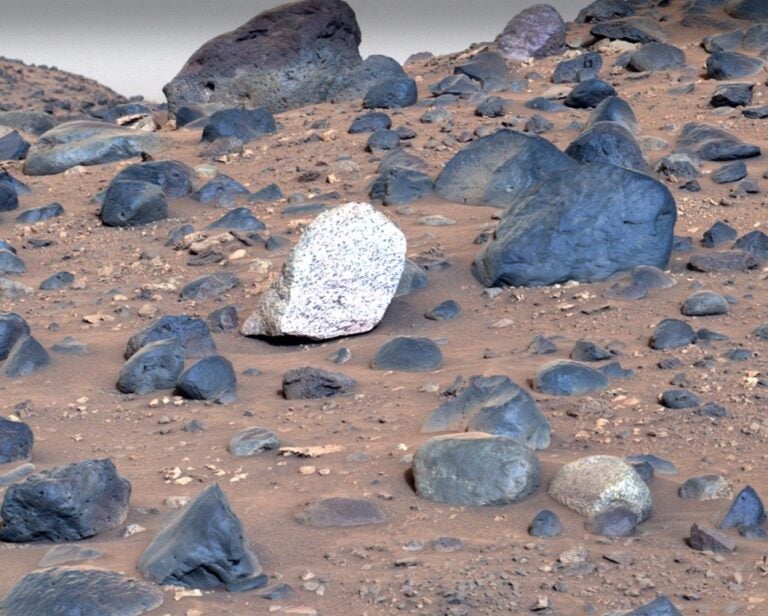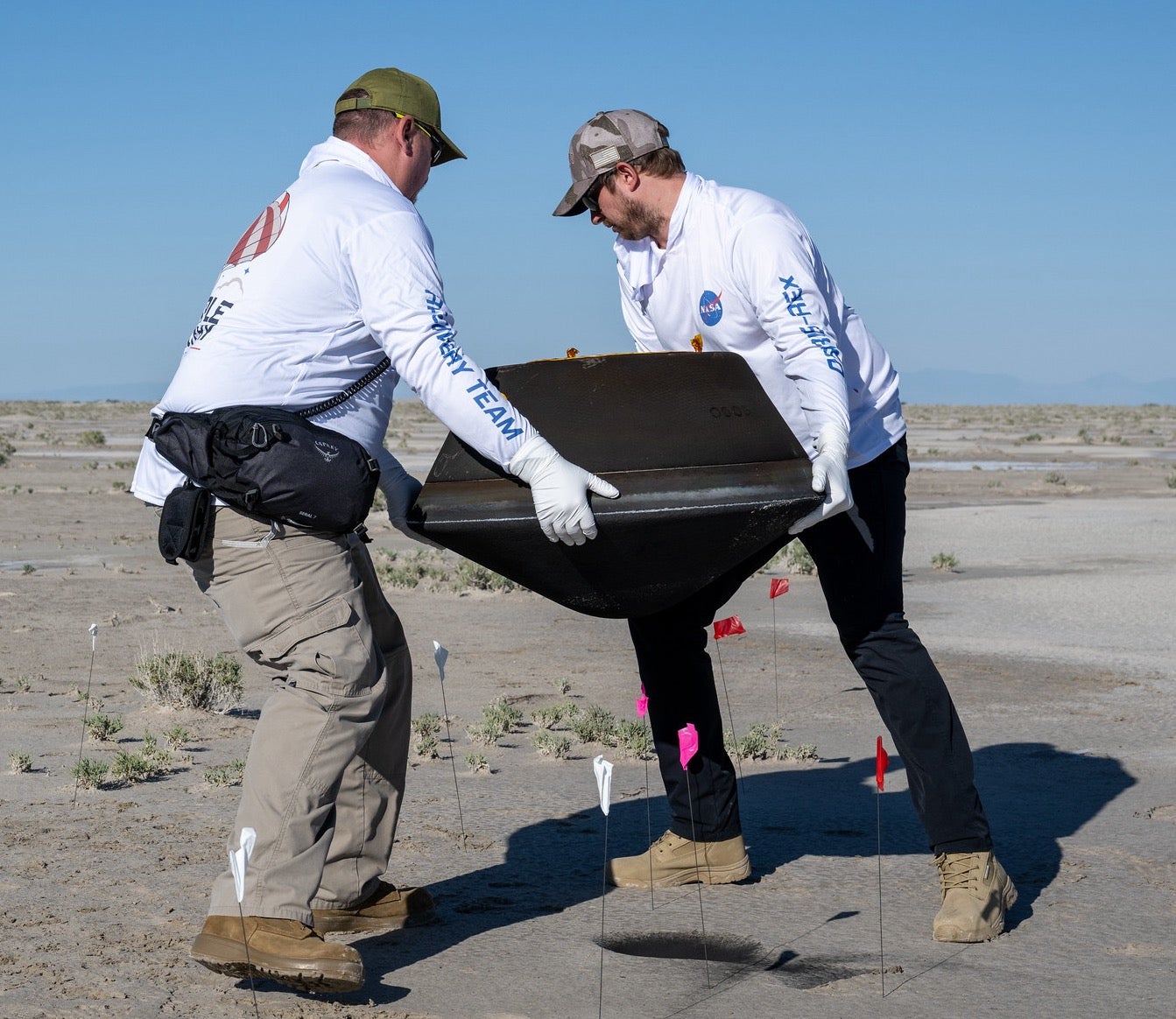
The Hubble Space Telescope imaged Ceres in the asteroid belt between Mars and Jupiter.
NASA, ESA, J. Parker (Southwest Research Institute), and L. McFadden (Univ. of Maryland)
When we design our spacecraft, we cover the outside metal structure with thermal blankets composed of many layers of Mylar. The layers are spaced in such a way as to break up, and even vaporize, most of the high-speed particles smaller than about half a millimeter, so our key electronics and various propellant tanks are not harmed. Particles a bit larger than half a millimeter could still hit our spacecraft, but we rarely worry about particles larger than, say, a marble, as the chances are very low of ever running into one of them.









